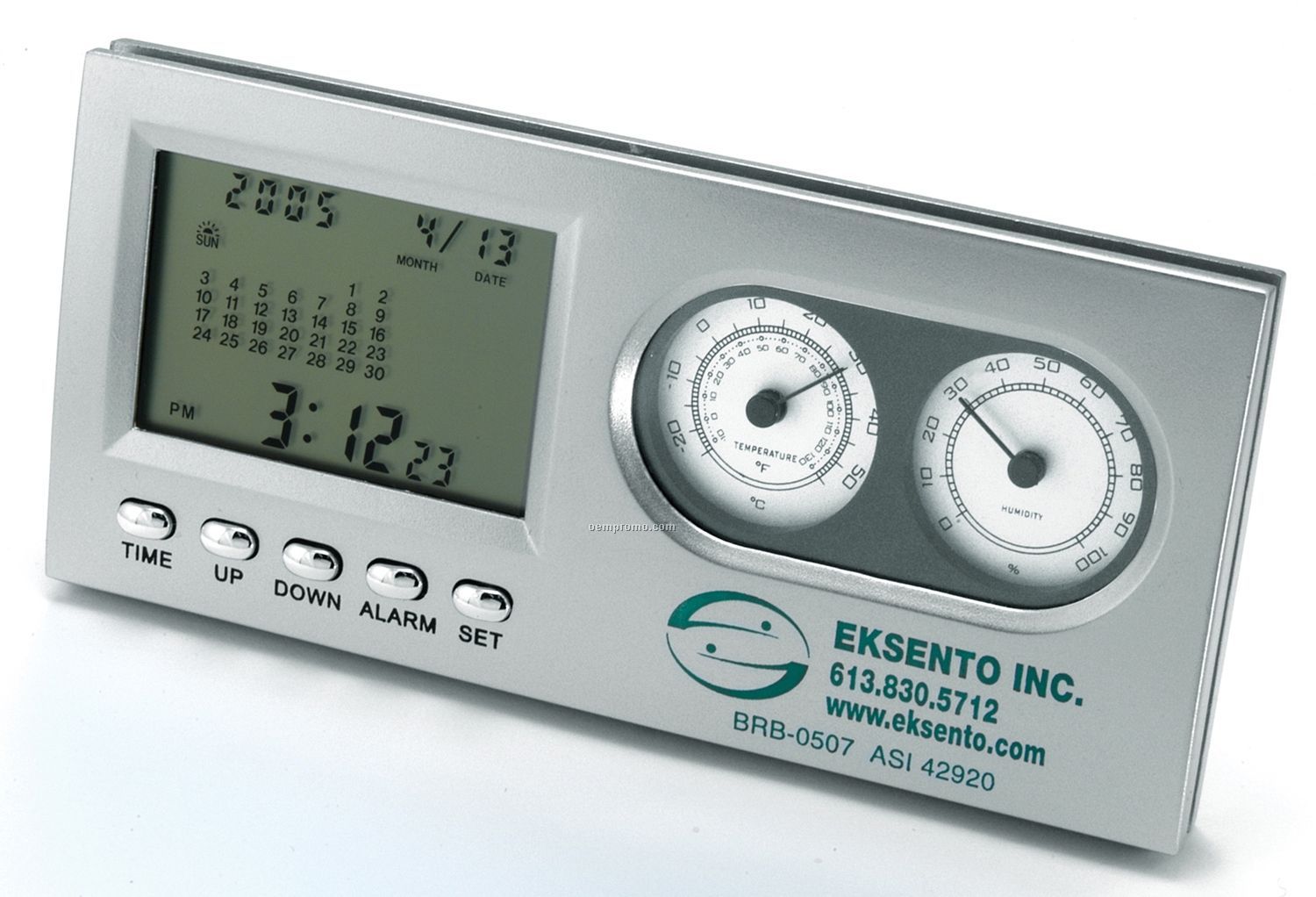

Within your home, items like metal objects, concrete walls and wireless routers can get in the way. You shouldn’t attach the sensor to a metal fence or near electrical wires, for instance, because you’ll experience interference if you do. The best weather monitoring clocks can read from as far as 300 feet away, but there are factors that can interfere. You’ll place a wireless transmitter outside your house, then set the clock in an area of your home where a connection can be maintained at all times. Modern weather stations use wireless technology to get the latest weather readings. Look for a clock that has a strong thermal sensor that can monitor outdoor temperatures from the area you plan to place it. Chances are, your clock will be remotely sensing the outside temperature, and you’ll want the freedom to be able to set it anywhere without having to worry about interference. When looking for a weather clock, the thermal sensor is the most important feature.

You’ll probably also want a weather clock that displays the current time fairly prominently, as that’s the information you’ll probably view most often.
Digital weather wall clock update#
Some update you on the outdoor humidity and others provide icons keeping you updated on the current moon phase. You probably have clocks around your home, but how helpful are they? Do they tell you the temperature, day of the week and date? What about moon phases? If they don’t automatically update the time, you’ll have to reset your clocks twice a year, due to the time change, and you may even have to reset them if there’s a power outage.Ī weather monitoring clock keeps you up to date on the outside temperature and, in some instances, the temperature inside your home, as well.


 0 kommentar(er)
0 kommentar(er)
